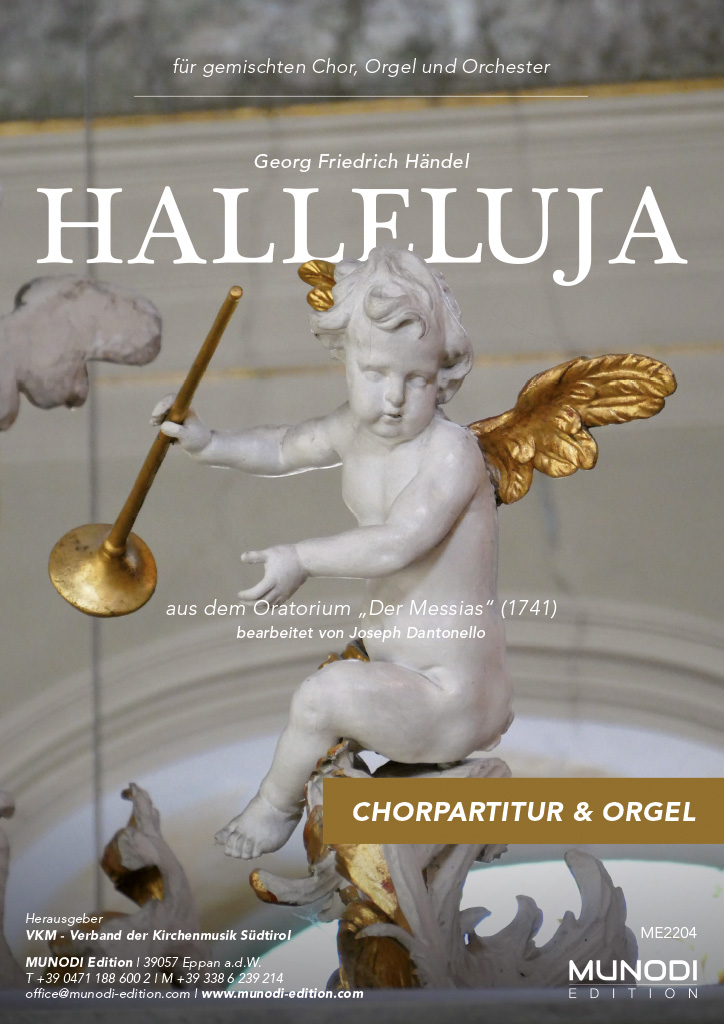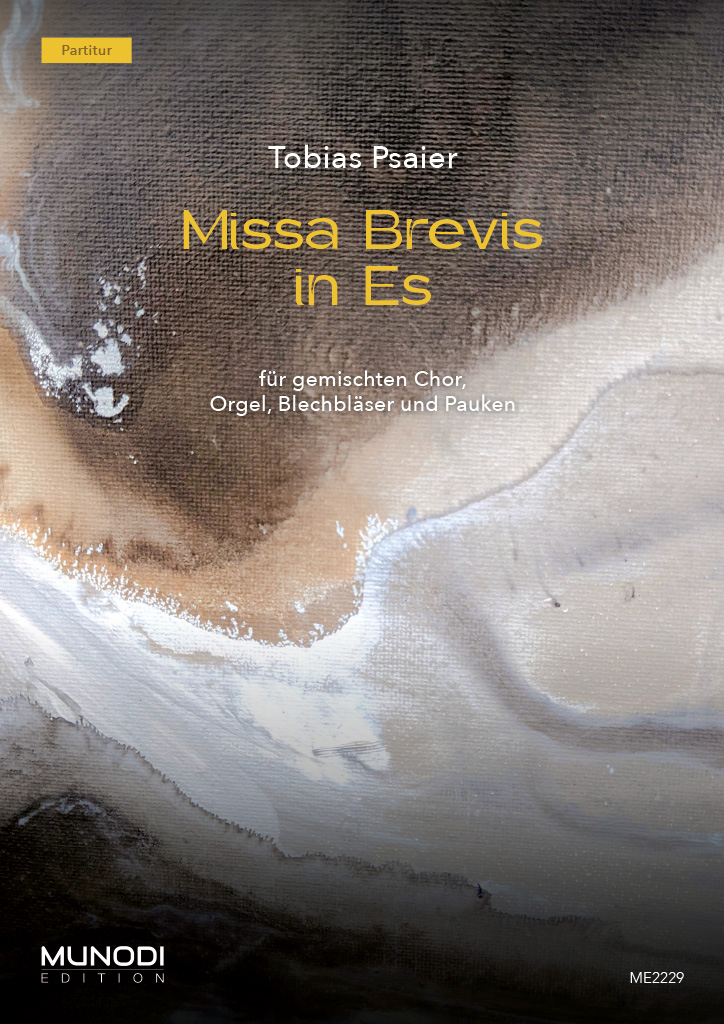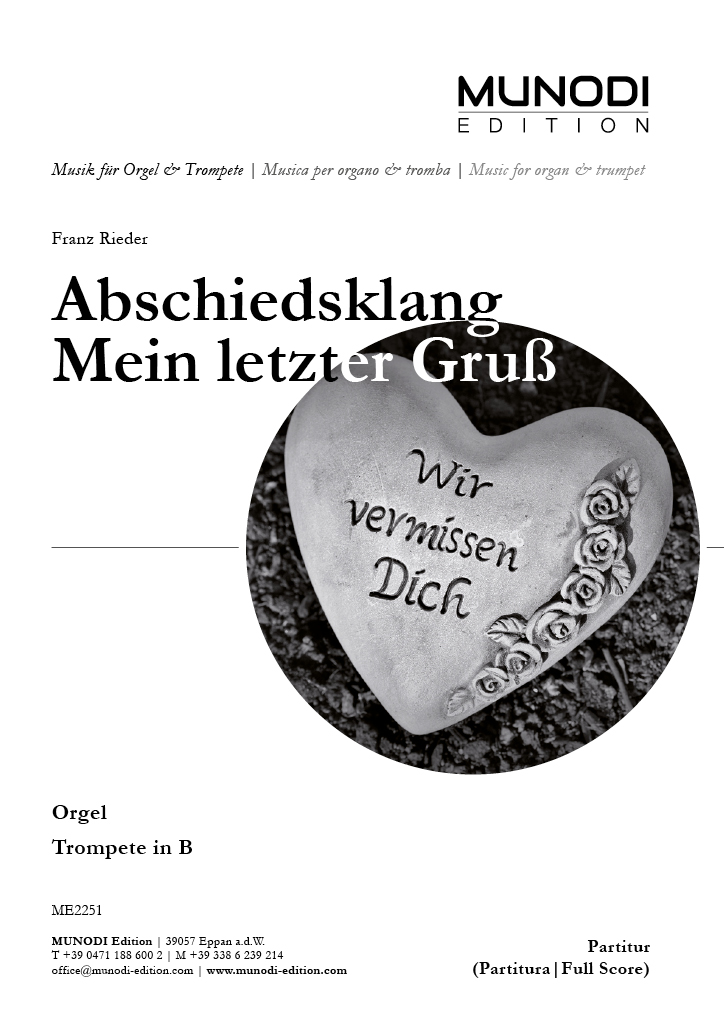Centum Triginta
This composition was commissioned by the Cassa Raiffeisen Castelrotto – Ortisei. The title ‘centum triginta’ (hundred and thirty) refers to the bank’s 130th anniversary.
The composition describes in six parts some interesting personalities and events that concern the Cassa Raiffeisen Castelrotto – Ortisei.
The main motif of the entire composition is presented at the beginning: a noble and refined melody that musically interprets the spirit and honourable idea of Friedrich Wilhelm Raiffeisen.
In the second part (from letter ‘D’), industry meets the Raiffeisen idea. In those days around 1850, large factories, industries and capitalism dominated the economy. The moral coldness and unscrupulousness are imitated by industrial sounds until, as if from nowhere, the ‘Raiffeisen melody’ can be heard, which makes its way through a solid layer of asphalt like a fine blade of grass.
A solemn fanfare (from ‘H’) describes the founding of the Cassa Raiffeisen Castelrotto in 1890. The ‘Raiffeisen melody’ is introduced in a slightly modified form by the brass, taken up nobly by the woodwind and brought to a close with great determination.
This is followed (at ‘K’) by the musical interpretation of a special woman: Johanna Rabanser, the pearl of the bank, as she was called. She must have had a certain aura and was, as it seems, very much appreciated by the men of the time. A fine and calming musical part, characterised by a delicate flute solo, is intended to illustrate this.
Now follows (from ‘N’) the musical treatment of a dark part of history: the war years. People are condemned, deported and lose their lives. The bank also has to endure difficult times. Percussive ostinati, dark, threatening and shrill tones and dissonances are used musically. The ‘Raiffeisen melody’ sounds in a tragic minor version.
In the finale (from ‘P’), after a powerful musical build-up, the listener is treated to the ‘Raiffeisen melody’ in all its splendour, and thus to the Cassa Raiffeisen Castelrotto – Ortisei. The composition is a musical congratulation on the 130th anniversary of the bank named here, but it is also a tribute to Friedrich Wilhelm Raiffeisen, an honourable man who, with courage and dignity, provided a special kind of help and support to the weaker members of society.












